Lyft Promises to Swap Exclusively to EVs by Bullying Everyone

On Wednesday, ride-hailing company Lyft announced every vehicle using its platform will be electric by 2030. Since its fleet is comprised primarily of contractors using private vehicles, one might assume the company is planning to offer some financial assistance upon their next purchase. But being sensible rarely means being correct in the postmodern era.
Rather than encouraging its own drivers to make the switch, Lyft plans to work with NGOs, lawmakers, and pressure its industry rivals to make electrification mainstream. Obviously, this will include financial incentives for organizations willing to make the switch to EVs in exchange for a fat wad of cash. That’s what you’re now supposed to focus on. Ignore that Lyft’s announcement literally offers no personal commitment and passes every scrap of responsibility it pretends to be taking on to the government.
Lyft is trying to play the hero, and thinking about it too hard is going to muck everything up.
Environmental activists have starting coming down hard on outfits like Lyft and Uber after data began suggesting their business models create a lot of unwanted emission s. Cruising around an urban environment seeking out fares has a way of doing that. We already know they contribute to congestion, making extra pollution the natural byproduct.
“Now more than ever, we need to work together to create cleaner, healthier, and more equitable communities,” John Zimmer, co-founder and president of Lyft, said in a statement. “Success breeds success, and if we do this right, it creates a path for others. If other rideshare and delivery companies, automakers and rental car companies make this shift, it can be the catalyst for transforming transportation as a whole.”
Currently, the only EVs in the company’s fleet are baked into its Express Drive rental program — making up less than 1 percent of all vehicles operating under its banner. Most drivers (mainly from Uber) have told us that all-electric isn’t their preference, however. Waiting for a car to charge and having to adhere to a smaller operating area isn’t idyllic when you’re getting paid by the fare. That’s bound to change as battery technology continues to improve, but it’ll be the cost factor that matters most, as the brunt of these cars have a second life as personal transportation and it’s not Lyft doing the shopping.
However, the company remains positive that government action will help EVs reach parity with internal combustion vehicles by 2025, encouraging all drivers to make the swap. Modern electrics tend to cost substantially more than gas burners; however, depending on the type of driving you need done, they can be an excellent (sometimes superior) alternative and offer annual gas savings that ultimately lower the overall costs of ownership, at least until you need a new battery. Still, it takes a long time to get there, as annual gas and maintenance savings need to add up over a period of years and many thousands of miles. Government subsidies also need to be taken into account.
From Lyft:
But to reach our commitment by the end of 2030, we will need to harness the power of Lyft and its partners to drive radical change. It will require the collective action of industry, government, and nonprofit organizations to overcome the two significant barriers currently preventing wide-scale electrification: up-front cost of the vehicle and access to reliable, affordable charging. So we’ll be working with the experts at Environmental Defense Fund and other environmental leaders to accelerate progress towards our commitment. This will include advancing a policy roadmap and catalyzing the development of tools to help drivers electrify, as described in more detail in our Path to Zero Emissions plan. And we’re also joining The Climate Group’s EV100 initiative to help kick-start our work. As the newest member of EV100, and the largest in terms of vehicle-related commitments, we’ll be collaborating with a group of forward-looking companies committed to accelerating the transition to electric vehicles and making electric transport the new normal by 2030. Our commitment is a long-term effort and Lyft will provide periodic updates with key project milestones.
By taking these steps, we are not only improving people’s lives with the world’s best transportation, we’re helping to make our communities cleaner, healthier, and more equitable for everyone.
Discussing the merits of EVs is often perilous for us, as it always looks like we’re coming down on them unnecessarily. While electric vehicles offer loads of unique benefits, the rhetoric supporting them is often propagandized to make them seem better than they are — at least at this juncture.
Your author recently read an article in Nature (Volume 580 from April 2020, if you’re a subscriber) that showed people tend to underestimate the overall cost of running a gas-powered car. The article was posted in a segment entitled “Setting the agenda in research” and automatically presumes EV ownership will cost less without providing much supportive or clarifying data. It then goes on to recommend public policies that would spur the adoption of green vehicles by making internal combustion cars undesirable via government action (subsidies, limiting ICE parking, ending urban access, raising fuel prices, etc.) and ends by supporting Europe’s Green Deal.
It’s science-based but agenda-driven — and one of the main reasons why it’s increasingly difficult to take Nature (and a lot of other publications) seriously. That outlet also apologized to the Chinese government in April for reporting that COVID-19 was linked to Wuhan, despite that being verifiably true. But this is a far greater issue than one magazine adjusting its writing to maintain its presence in as many countries as possible. There’s an uncomfortably aggressive push to frame anything critical of any green technology as a unscientific, and outlets tailor valid information to appease those hurt by it.
Remember that Michael Moore film that came out against green solutions, to the surprise of everyone familiar with his work? That was taken down by YouTube due to “copyright infringement” after enraging climate activists. They claimed it promoted misinformation (eco-fascism) and was dangerous to leave floating around online. Having made sufficient noise about censorship, Moore eventually managed to get his film back up. Yet it’s another worrying example that the discussions regarding green tech (and a number of other topics) aren’t being handled in an open and honest manner. If this keeps up, we might see entities begin taking truly stupid/selfish actions and acting like they’re heroes … oh… right.
“As we move to repair the COVID-battered global economy, we have a chance to rebuild better and create a cleaner, more prosperous and more equitable future. Getting there will require investing in clean energy to create jobs and reduce pollution, and radically shifting how we move people and products,” said Fred Krupp, president of the Environmental Defense Fund. “Lyft’s commitment accelerates momentum toward this future and sets the standard for other tech and transportation leaders to follow suit.”
By our estimate, Lyft’s “commitment” accelerates nothing more than the Environmental Defense Fund’s agenda. And that would be fine, if it was handled in an open and honest way that actually involved the brand making a genuine commitment beyond begging the government to do the hard work for them. Lyft is a company that’s propped up by contractors it doesn’t even consider employees and investors that offset its inability to turn a profit.
Maybe it shouldn’t spend its time lecturing everyone else on how the world should be.
[Image: Roman Tiraspolsky/Shutterstock]

A staunch consumer advocate tracking industry trends and regulation. Before joining TTAC, Matt spent a decade working for marketing and research firms based in NYC. Clients included several of the world’s largest automakers, global tire brands, and aftermarket part suppliers. Dissatisfied with the corporate world and resentful of having to wear suits everyday, he pivoted to writing about cars. Since then, that man has become an ardent supporter of the right-to-repair movement, been interviewed on the auto industry by national radio broadcasts, driven more rental cars than anyone ever should, participated in amateur rallying events, and received the requisite minimum training as sanctioned by the SCCA. Handy with a wrench, Matt grew up surrounded by Detroit auto workers and managed to get a pizza delivery job before he was legally eligible. He later found himself driving box trucks through Manhattan, guaranteeing future sympathy for actual truckers. He continues to conduct research pertaining to the automotive sector as an independent contractor and has since moved back to his native Michigan, closer to where the cars are born. A contrarian, Matt claims to prefer understeer — stating that front and all-wheel drive vehicles cater best to his driving style.
More by Matt Posky
Latest Car Reviews
Read moreLatest Product Reviews
Read moreRecent Comments
- Lorenzo This car would have sold better if there was a kit to put fiberglass toast slices on the roof.
- Lorenzo The Malibu is close to what the 1955 Bel Air was, but 6 inches shorter in height, and 3 inches shorter in wheelbase, the former making it much more difficult to get into or out of. Grandma has to sit in front (groan) and she'll still have trouble getting in and out.The '55s had long options lists, but didn't include a 91 cubic inch four with a turbo, or a continuously variable transmission. Metal and decent fabric were replaced by cheap plastic too. The 1955 price was $1765 base, or $20,600 adjusted for inflation, but could be optioned up to $3,000 +/-, or $36,000, so in the same ballpark.The fuel economy, handling, and reliability are improved, but that's about it. Other than the fact that it means one fewer sedan available, there's no reason to be sorry it's being discontinued. Put the 1955 body on it and it'll sell like hotcakes, though.
- Calrson Fan We are already seeing multiple manufacturers steering away from EVs to Hybrids & PHEVs. Suspect the market will follow. Battery tech isn't anywhere close to where it needs to be for EV's to replace ICE's. Neither is the electrical grid or charging infrastructure. PHEV's still have the drawback that if you can't charge at home your not a potential customer. I've heard stories of people with Volts that never charge them but that's a unique kind of stupidity. If you can't or don't want to charge your PHEV then just get a hybrid.
- AZFelix The last time I missed the Malibu was when one swerved into my lane and I had to brake hard to avoid a collision. 1 out of 5⭐️. Do not recommend.
- 2ACL I won't miss it; it was decent at launch, but in addition to the bad packaging, GM did little to keep it relevant in the segment. I'd prefer that another domestic automaker doesn't just give up on the mainstream sedan, but unlike some of Ford's swan songs, the Malibu made an indifferent case for why they should live.
















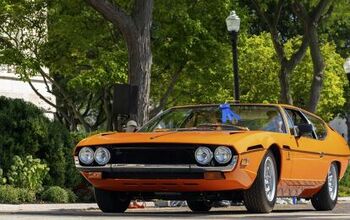
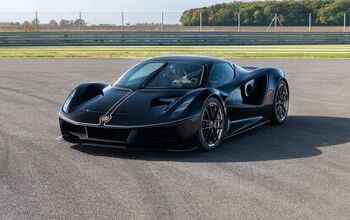

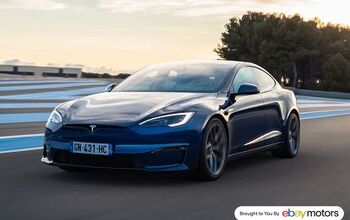
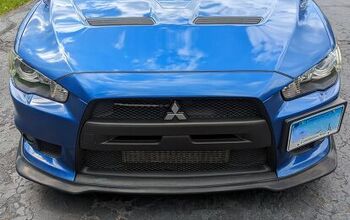
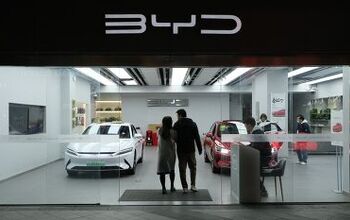
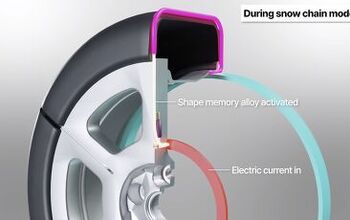
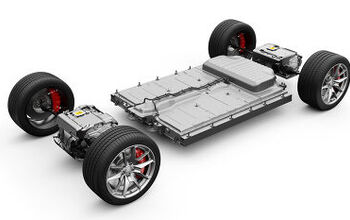

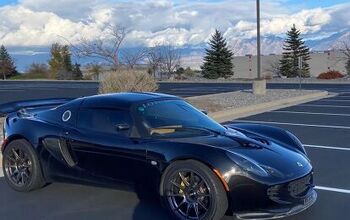
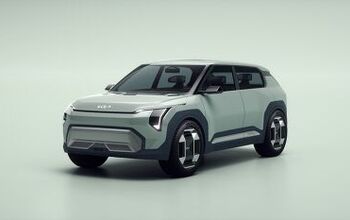
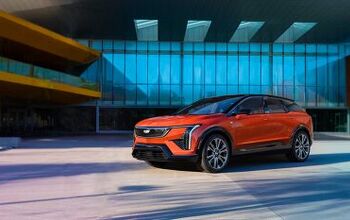



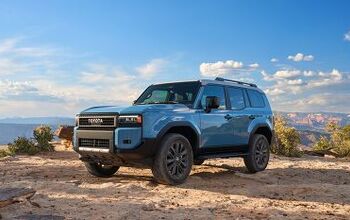
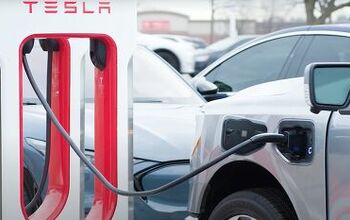
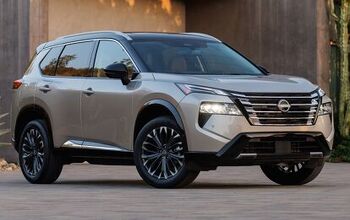
Comments
Join the conversation
"Maybe it shouldn’t spend its time lecturing everyone else on how the world should be." I appreciate this lecture lecturing the lecturers at Lyft about how they shouldn't lecture everyone. /S July's recommended reading: "Skin in the Game: Hidden Asymmetries in Daily Life" by Nassim Nicholas Taleb. tl;dr: "Bearing no downside for one's actions means that one has no 'Skin In The Game', which is the source of many evils."
AtoB wants to know why people drive for these services when in the long run they don't make money. You may as well ask: Why do people use credit cards when it costs them high interest? Why do people take payday loans when it costs them extremely high interest? Why do people take low-wage jobs when it carries the staggering opportunity cost of not training in a better-paid career instead? These are absurd questions to anyone who has ever been poor. People do these things because they need money NOW. The landlord posted a 3-day PRQ notice on the door. The electricity company sent a final notice in the mail. They need the money RIGHT NOW. You'd be astonished at the number of Uber drivers who pay the fee to cash in their daily earnings right away rather than waiting around for their paycheck; that's how urgently they need the money. (You'd be astonished how many Uber drivers live in their cars too, but you probably don't want to think too much about that one.) I've driven for Uber and Lyft. I liked it, as a hobby that works with my insomnia. I knew the pocket money I was earning at the time would come back to bite me as a big fat chunk out of my car's resale value, and it did. But if the wolf had been at my door, the impact on resale value three years later would have been the least of my concerns.